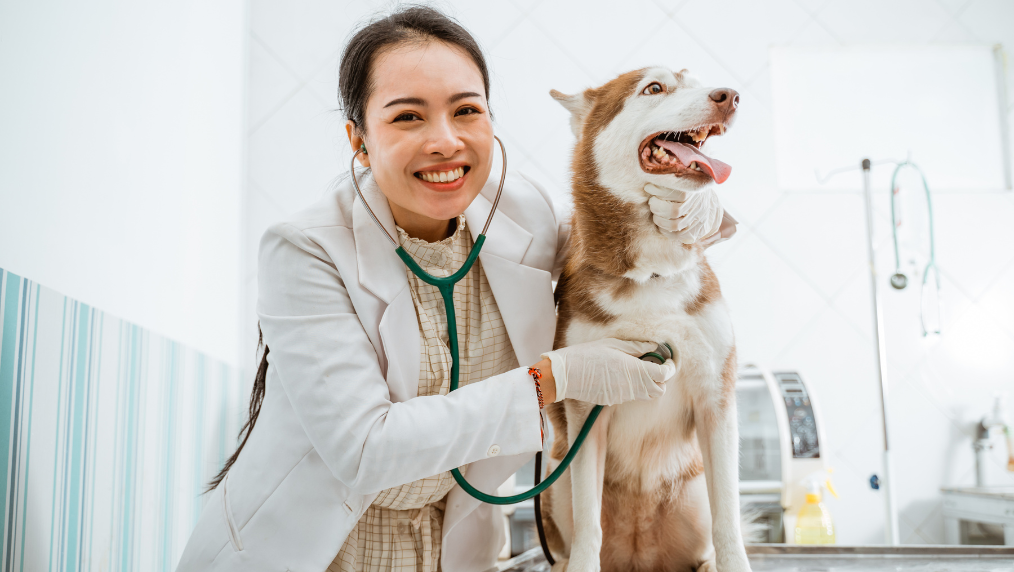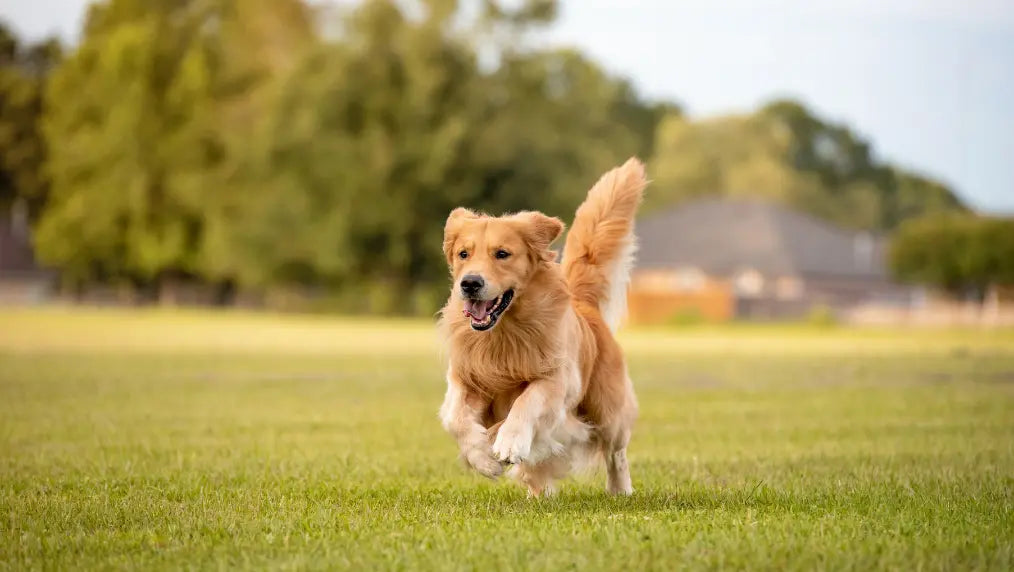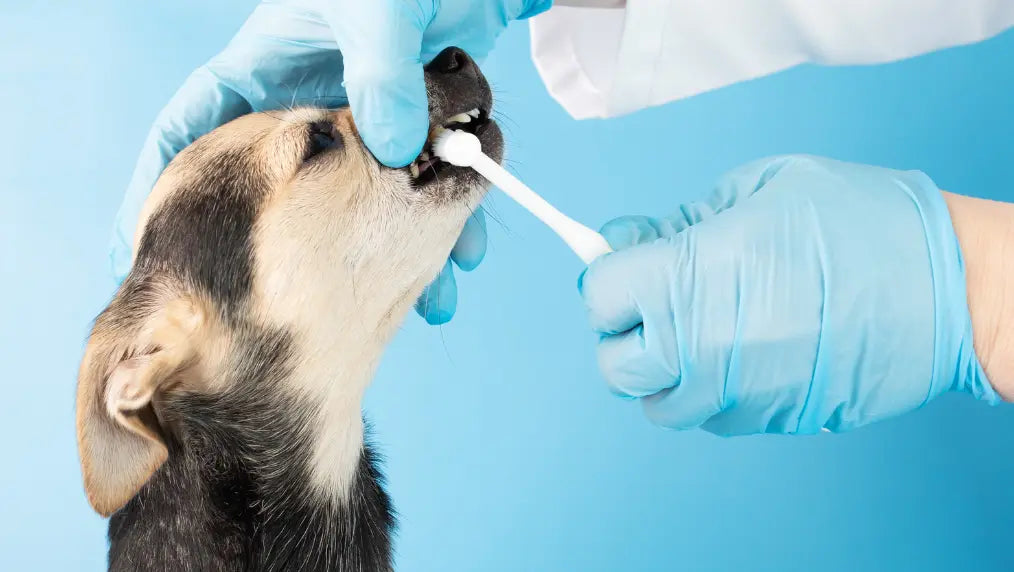Congratulations on your new puppy! Before you welcome a new puppy or dog into your home, you’ll need to make sure your space is ready for them. Puppies require a lot of attention and care, so making a checklist of what you’ll need is suggested, and picking up these basics for your new puppy is a great place to start. We have put together a new puppy checklist with some important things you will need to get started:
A Crate and/or Dog Bed

A dog crate, or pen can provide a safe and comfortable space for your new puppy to sleep. Dog crates and playpens give puppies a secure space to rest and play. Puppies need places where they can be safely confined until they learn their house manners, which may not be for more than a year. Plus, crates and pens help to keep your pup from chewing and peeing inappropriately.
A common misconception is that these secure places must be large to be effective, but your pup’s crate only needs to be big enough for your dog to stand up and turn around, Davis says. Some crates come with a divider so you can adjust the size of their space.
PRO TIP: buy the size crate they're likely to need when they're an adult, and then move the divider as they grow.
While your dog's crate and/or bed is a place for rest and relaxation, exercise pens are exactly what they sound like: bigger fenced-in areas, similar to playpens for kids, that give your pup a place to play and run around safely while you’re busy doing other things.
Food and Water Bowls

Choose bowls that are the right size for your puppy and easy to clean. Eating and drinking are pretty basic needs, right? So your puppy will need food and water bowls from the get-go.
Non-slip bowls minimize spills and pet stains, and some veterinarians recommend an elevated dog bowl to give your puppy more comfort when eating. Stainless steel and stoneware or ceramic dog bowls are good choices because these dog bowls are easy to clean, dishwasher-safe and easily can be sanitized.
Puppy Food

Now that you have the bowls, you have to fill them with something nutritious! Puppies have specific nutritional requirements, so it’s always best to choose a high-quality puppy food that is appropriate for their age, breed, and size.
Our Recommendation: Spot & Tango. All of their Fresh recipes are made with 100% fresh, whole ingredients and contain no artificial preservatives, fillers, or additives.
They are all complete and balanced for puppies and adults (according to AAFCO's nutritional standards), and are GMO and hormone free. Their fresh food is cooked in small batches in a USDA kitchen, which maximizes nutritional integrity.
It can be difficult to find the right dog food, that isn’t jam-packed with empty fillers and preservatives. Even veterinarian-recommended products sometimes come with more ancillary ingredients than you’re comfortable with. If that’s the case, a fresh dog food subscription, such as Spot & Tango, is the answer you’ve been waiting for.
Also Read - The Health Benefits of Massaging Your Dog
Collar and Leash

Always be sure to choose a collar or harness that fits your puppy comfortably and a leash that is the right length for your walks. As a new dog parent, one of the first things you buy is a dog collar. All you have to do is grab a collar in your favorite color that looks to be the right size, right? Well, not really.
There are many different types of dog collars and selecting the best one for your pet requires a bit more brainwork. If you choose right, the collar could last your pup for years, help them feel more comfortable, and make walks more enjoyable for both of you.
It’s important that your dog’s collar is properly fitted. If it’s too tight, it will be uncomfortable, and if it’s too roomy, your canine is at risk of getting loose without their ID. Not all dog collar brands have consistent sizing, so be sure to double-check the sizing chart against your dog’s neck size and weight. The proper fitting for a dog collar is that you can fit two flat fingers between the collar and the dog’s neck.
A dog collar can be a surprisingly significant purchase for man’s best friend. As one of the few things your dog will use daily, getting it right matters. Identifying your options, as well as your needs, will ensure the collar you choose is a favorable fit for both your dog’s size and personality.
Identification Tags
Now that you have the collar, you’re going to want to add some ID tags to that collar. Make sure your puppy has an identification tag with your contact information in case they become lost. Part of being a responsible dog owner is ensuring your dog can be identified and returned to you if you ever get separated. In fact, it’s important the person who finds your lost dog can get in touch with you as easily as possible.
ID tags are a great way to ensure your pet's safety and wellbeing when they become lost. Along with a microchip, ID tags identify your pet's name and where they come from so that they safely come home to you through the help of kind strangers.
Space on an ID tag is usually limited to 2-4 lines of text, so choose your information carefully and be sure to add all the essentials. For example, if your dog has a serious health condition, that might be more important to include than your dog’s name. Some key items to consider including are:
-
Your dog’s name.
-
Your phone number(s) with area code.
-
Your address.
-
Medical and/or behavioral issues.
-
Alternative phone number such as your veterinarian or pet sitter.
ID tags are relatively inexpensive. Including engraving, you can get a dog tag for under $10. Of course, there are fancier versions available. Another option is a personalized collar that has your phone number or other information embroidered into the fabric.
Toys and Chewies

Puppies love to play, so provide a variety of toys to keep them entertained and mentally stimulated. Especially teething puppies! Toys are more than just a bit of fun for your dog. They stop them from getting bored and causing trouble around your home, such as scratching at furniture or digging up the garden. Having suitable objects for your dog to chew and play with helps keep them stimulated, entertained, happy and healthy.
A puppy's teeth are very sharp, and the right dog toys and chew toys will help out new puppy parents, so be sure to add them to your new puppy checklist.
Toys and dog puzzles also help relieve boredom. No one likes being stuck indoors all day, especially your pets. Most puppies appreciate all of these supplies. Especially a good chew toy. Keeping them stimulated will always be good for them.
Grooming Supply Essentials For Your New Puppy
Depending on the type of puppy you are bringing home, they will require different kinds of regular grooming. From brushing to shampooing, and clipping their nails, there are many different products that are worth keeping on hand so you won’t be scrambling when the time comes. Adding the right grooming supplies to your new puppy checklist is always a good idea.
1. Shampoo and Conditioner:
When it comes to providing the best products as your puppy grows, it's important to use all natural formulas and ingredients. We recommend PRIDE+GROOM’s coat specific shampoos. For puppies, THE SENSITIVE ONE is formulated with ingredients aimed to soothe and regulate the skin and follicles of these gentler souls. It's the perfect puppy and dog shampoo ever!
As your puppy grows into a dog, PRIDE+GROOM has other shampoo varieties that are coat specific to a dog's hair type.
2. A durable towel:
PRIDE+GROOM created their own towel with squirmy pups in mind! A handsome, thick, and thirsty microfiber towel cleverly designed with pockets on either end so you can pop your hands in, place your fingers underneath, and get your pup squeaky clean.
3. A brush:
Depending on your dog’s coat and brushing needs (hair vs fur, undercoat vs no undercoat), you will need the right kind of brush to keep them looking and feeling their best. If your puppy is going to grow up to be a heavy shedder, like golden retrievers, we also recommend a bath brush to help release some of that undercoat inside the bath, keeping your clothes and furniture less hair-covered.
Training Supplies
Training treats, a clicker, and training pads or outdoor potty training tools can be helpful for training your puppy. Whether you’re a total dog newbie, you have signed up for an online dog training program, or you are starting puppy school soon with a new fluffball, having the right dog training equipment (and dog trainer) is important for ensuring you get the results you want for your new puppy.
No matter how you’re training your dog, you’ll need a few pieces of equipment to help facilitate the process. Additionally, there are a few items most owners will find helpful for training their pet, if not outright essential. This includes things like a crate, a training mat, a muzzle, and more.
While there are some types of dog training equipment that are optional, there are a few things just about every owner will need to teach their dog the basics, including high value treats, a clicker, the right leash and collar, crate training, set, and patience!
One of the best training tool supplies for a first time pet parent and young puppies is a puppy proof treat pouch. Positive reinforcement doesn't happen overnight, but for a new pup, the earlier you start training, the better.
Some dog trainers, behaviorists and pet product retailers offer classes for prospective dog parents that go over training and gear essentials. Attending one can help you plan for the arrival of your new canine companion properly, as well as how to set the stage for a great beginning to your new life together.
Also Read - Vitamin E for Dogs: Benefits and Uses
Health Supplies and Medications

You will need to take your puppy to the vet for their initial check ups and vaccinations, so be prepared with a health record book and any necessary medications or supplements.
Adding a new furry member to your family is an exciting time, but it’s important to start planning your new pup’s health plan (sooner rather than later) to ensure they live a longer and happier life with you.
You may also want to get set up with a good pet insurance plan to avoid unexpected costs. Just like your health insurance policy, pet health insurance can relieve your wallet from a huge chunk of your new puppy’s medical expenses.
Technology in the world of veterinary medicine is consistently increasing, and this growth reflects on your vet bills. Luckily, many great pet health insurance policies will cover accidents, medications, and any diagnostic or alternative treatments. Some will even cover your puppy’s routine preventative care appointments! Learn more about the benefits of pet health insurance here.
Conclusion
Remember, owning a puppy (or any pet) is a very big responsibility and requires a lot of time, patience, and attention. It's a full time job after all! New puppies become a family member very quickly. Make sure you are prepared to provide your puppy with a safe and loving home and commit to their care and well-being for their entire life by having all the supplies from the new puppy checklist on hand.
With these new puppy essentials (plus a healthy amount of patience and a training plan) you're set up for pet parenting success! You're going to do great—and we're here to help when you need it.





